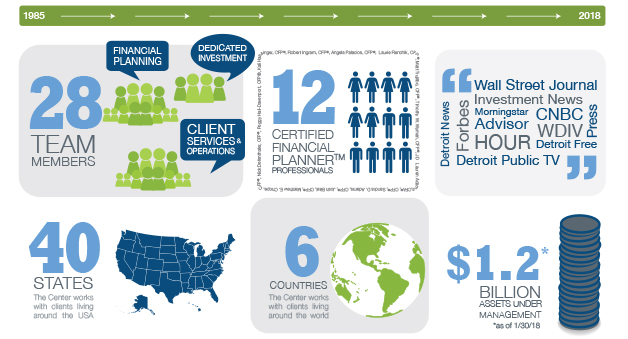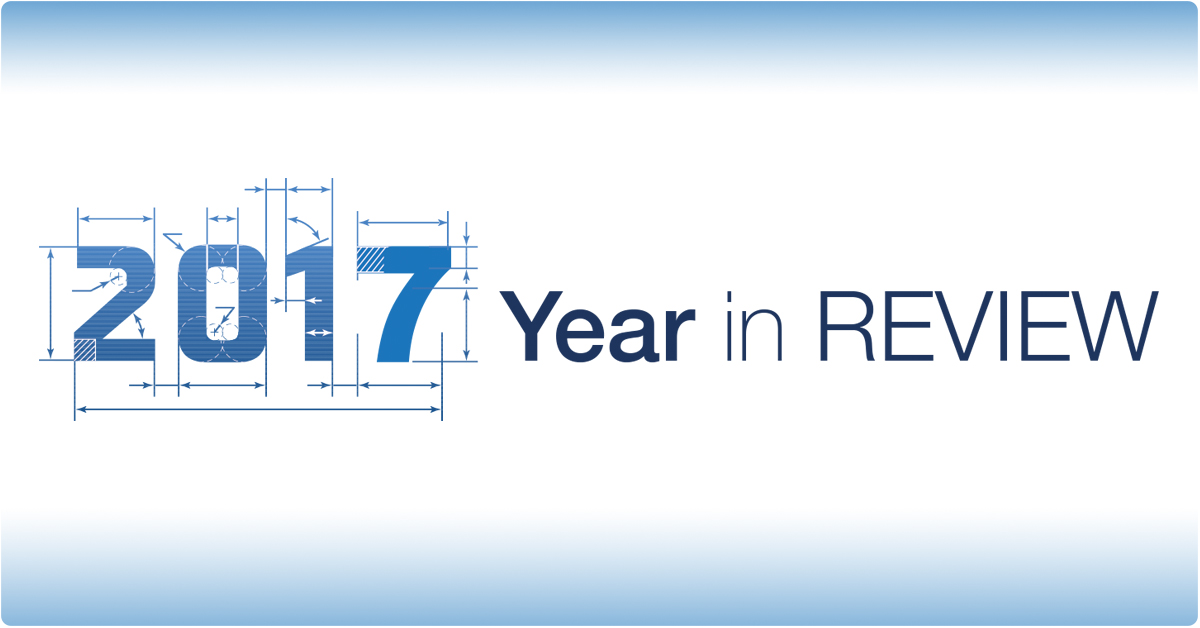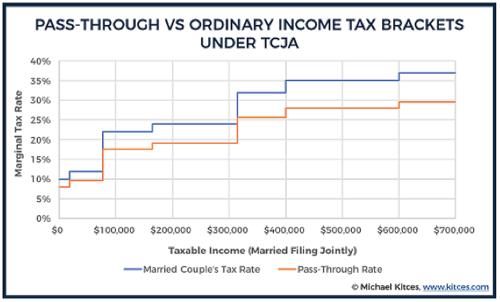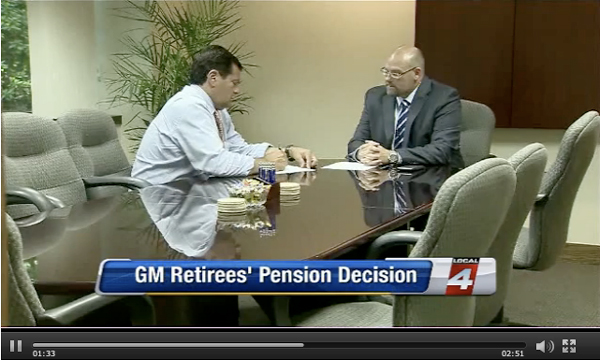
Generating income in retirement is one of the most common financial goals for retirees and soon-to-be retirees. The good news is that you can “recreate your paycheck” in a variety of ways.
Retirement income might be visualized using a “Three-Legged Stool”. The first two sources, or legs, of retirement income are generally Social Security and pensions (although fewer and fewer retirees are covered by a pension these days). The third leg for most retirees will come from personal investments (there is a potential fourth leg – part-time work – but that’s for another day). It is this leg of the stool, the investment leg, that requires preparation, planning, and analysis. The most effective plan for you depends on your individual circumstances, but here are some common methods for your consideration:
Dividends and Interest
3–5 Year Income Cushion or Bucket
The Annuity Cushion
Systematic Withdrawal or Total Return Approach
Dividends & Interest
Usually, a balanced portfolio is constructed so your investment income – dividends and interest – is sufficient to meet your living expenses. Principal is used only for major, discretionary capital purchases. This method is used only when there is sufficient investment capital available to meet your income need, if any, after Social Security and pension.
3-5 Year Income Cushion or Bucket Approach
This method might be appropriate when your investment portfolio is not large enough to generate sufficient dividends and interest. Preferably five (but no less than three) years of your income shortfall is held in lower risk fixed income investments and are available as needed. The remainder of the portfolio is usually in a balanced investments. The Income Cushion or Bucket is periodically replenished. For example, if the stock market is up, liquidate sufficient stock to maintain the 3-5 year cushion. If stock market is down, draw on the fixed income cushion while you anticipate the market recovery. If fixed income is exhausted, review your income requirements, which may lead to at least a temporary reduction in income.
The Annuity Cushion
This method is very similar to the 3-5 year income cushion. A portion of the fixed income portfolio is placed into a fixed-period, immediate annuity with at least a 5-year income stream. This method might work well when a bridge is needed to a future income stream, such as Social Security or pension.
Systematic Withdrawal or Total Return Approach
Consider this method if your portfolio does not generate sufficient interest and dividends to meet your income shortfall. Generally speaking, in a balanced, or equity-tilted, portfolio, the income shortfall (after-interest income) is met at least partially from equity withdrawals. Lastly, set a reasonably conservative systematic withdrawal rate, which studies suggest is near 4% of the initial portfolio value, adjusted annually for inflation.
After helping retirees for the last 30-plus years create workable retirement income, our experience has shown us that many times one of the above methods (and even a combination) can help with re-creating your paycheck in retirement. The key is to provide a strong foundation – or in this case – a sturdy stool.
Where Did It Go?
Do you ever find that you have too much month at the end of your money? Be honest, in the blink of an eye, extra money seems to vanish. For those still in their earnings years, one of the keys to accumulating wealth, thus achieving your financial objectives, is to stop the disappearing act. Transfer dollars from your monthly cash flow to your net worth statement by adding funds to your savings accounts, taxable investment accounts, and retirement accounts (such as employer sponsored 401k and 403b accounts) and IRAs (Traditional or ROTH). Another smart move is to use funds from your monthly cash flow to pay down debt … which also improves your net worth statement.
Saving money and improving your overall financial position is easier said than done. The truth is that saving money is more than simply a function of dollars and cents; it requires discipline and perseverance. You may have heard about the “paying yourself first” strategy. The most effective way to pay yourself first is to set up automatic savings programs. The 401k (or other employer plan) is the best way to do this – but you can also establish similar automated savings plans with brokerage companies and financial institutions such as banks or credit unions.
Just as important, be intentional with your spending. Rather than thinking in terms of a budget (which sounds a lot like dieting), think about establishing a “spending plan”. Planning your expenses as best you can will help ensure that you spend money on the things that add value to your life and should help keep your money from mysteriously vanishing at the end of the month.
For a free resource to help track your cash flow, email Timothy.Wyman@CenterFinPlan.com.
Timothy Wyman, CFP®, JD, is the Managing Partner and CERTIFIED FINANCIAL PLANNER™ professional at Center for Financial Planning, Inc.® For the second consecutive year, in 2019 Forbes included Tim in its Best-In-State Wealth Advisors List in Michigan¹. He was also named a 2018 Financial Times 400 Top Financial Advisor²
¹ The Forbes ranking of Best-In-State Wealth Advisors, developed by SHOOK Research is based on an algorithm of qualitative criteria and quantitative data. Those advisors that are considered have a minimum of 7 years of experience, and the algorithm weighs factors like revenue trends, AUM, compliance records, industry experience and those that encompass best practices in their practices and approach to working with clients. Portfolio performance is not a criteria due to varying client objectives and lack of audited data. Out of 29,334 advisors nominated by their firms, 3,477 received the award. This ranking is not indicative of advisor's future performance, is not an endorsement, and may not be representative of individual clients' experience. Neither Raymond James nor any of its Financial Advisors or RIA firms pay a fee in exchange for this award/rating. Raymond James is not affiliated with Forbes or Shook Research, LLC. Links are being provided for information purposes only. Raymond James is not affiliated with and does not endorse, authorize or sponsor any of the listed websites or their respective sponsors. Raymond James is not responsible for the content of any website or the collection or use of information regarding any website's users and/or members. Any opinions are those of Center for Financial Planning, Inc.® and not necessarily those of Raymond James.
² The FT 400 was developed in collaboration with Ignites Research, a subsidiary of the FT that provides special-ized content on asset management. To qualify for the list, advisers had to have 10 years of experience and at least $300 million in assets under management (AUM) and no more than 60% of the AUM with institutional clients. The FT reaches out to some of the largest brokerages in the U.S. and asks them to provide a list of advisors who meet the minimum criteria outlined above. These advisors are then invited to apply for the ranking. Only advisors who submit an online application can be considered for the ranking. In 2018, roughly 880 applications were re-ceived and 400 were selected to the final list (45.5%). The 400 qualified advisers were then scored on six attrib-utes: AUM, AUM growth rate, compliance record, years of experience, industry certifications, and online accessibil-ity. AUM is the top factor, accounting for roughly 60-70 percent of the applicant's score. Additionally, to provide a diversity of advisors, the FT placed a cap on the number of advisors from any one state that's roughly correlated to the distribution of millionaires across the U.S. The ranking may not be representative of any one client's experi-ence, is not an endorsement, and is not indicative of advisor's future performance. Neither Raymond James nor any of its Financial Advisors pay a fee in exchange for this award/rating. The FT is not affiliated with Raymond James.
The foregoing information has been obtained from sources considered to be reliable, but we do not guarantee that it is accurate or complete, it is not a statement of all available data necessary for making an investment decision, and it does not constitute a recommendation. Any opinions are those of Tim Wyman, and not necessarily those of Raymond James. Investing involves risk and you may incur a profit or loss regardless of strategy selected, including diversification and asset allocation. Dividends are not guaranteed and must be authorized by the company's board of directors. Past performance is not indicative of future results. A fixed annuity is a long-term, tax-deferred insurance contract designed for retirement. It allows you to create a fixed stream of income through a process called annuitization and also provides a fixed rate of return based on the terms of the contract. Fixed annuities have limitations. If you decide to take your money out early, you may face fees called surrender charges. Plus, if you're not yet 59½, you may also have to pay an additional 10% tax penalty on top of ordinary income taxes. You should also know that a fixed annuity contains guarantees and protections that are subject to the issuing insurance company's ability to pay for them. Every investor's situation is unique and you should consider your investment goals, risk tolerance and time horizon before making any investment. Prior to making an investment decision, please consult with your financial advisor about your individual situation.















